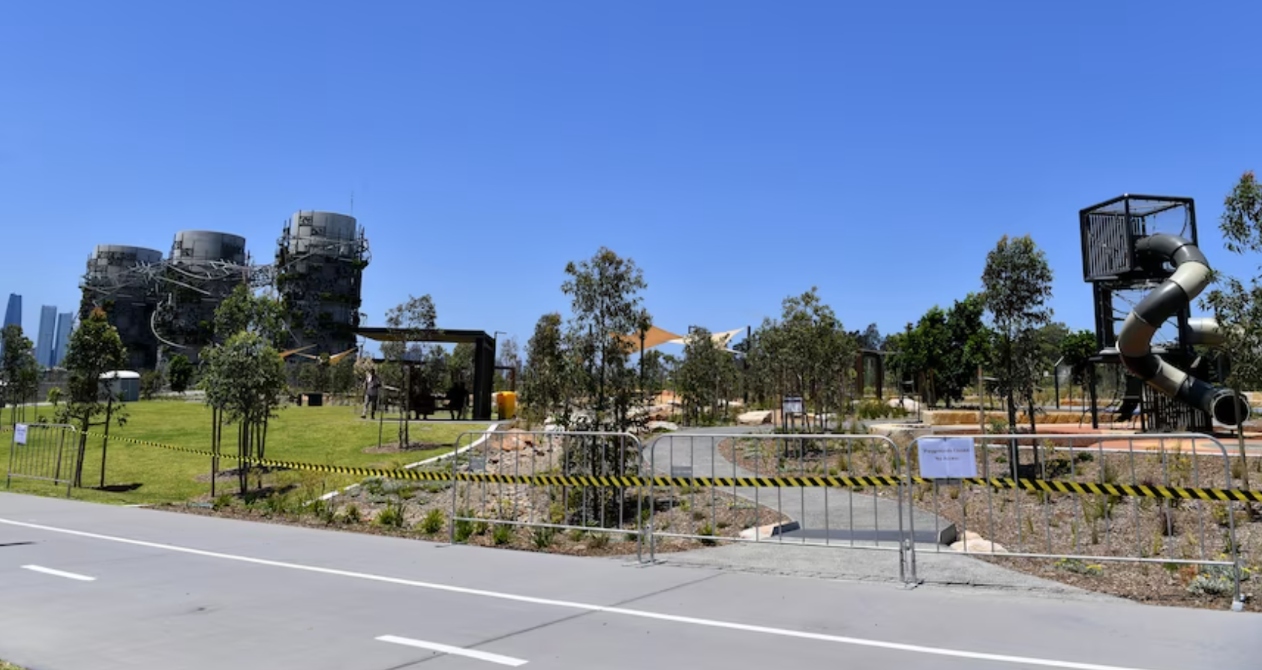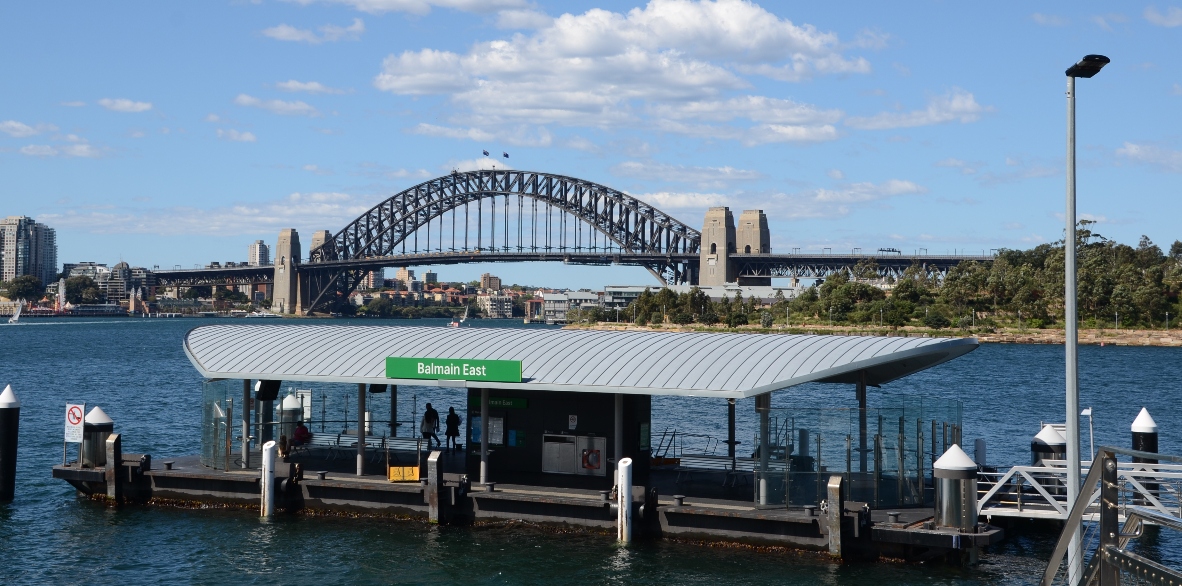
Childcare workers chuck a tanty

BY GABRIELA SZYMANOWSKA
More than 300 childcare centres shut down on Tuesday, 27 March as thousands of workers walked off the job to demand higher pay.
The walkout was part of the Union United Voice’s Big Steps campaign, which is a response to Prime Minister Malcolm Turnbull’s failure to act on the equal pay crisis in the industry where a majority of workers are women.
The walkout was also in response to the failure of the Fair Work Commission, an independent body for Australia’s national workplace relations tribunal, to listen to educators present their side during a legal case in the matter.
Childcare workers are currently only earning an average of $21 an hour, falling short of the average wage for childcare educators with a Certificate III who earn $42 per hour. The protest on Tuesday pushed for a 30 per cent increase in pay for workers.
Though workers’ wages come from two sources—parent fees and government funding—it is improbable to raise parent fees any higher.
Helen Gibbons, Assistant National Secretary for United Voice, said that Tuesday’s action was unprecedented, with the numbers just continuing to grow from 3,000 educators walking off in September 2017 in protests to the 6,500 that walked off in March.
“The huge, unprecedented numbers of educators walking off nation-wide on Tuesday was a direct result of the growing frustration and anger felt by educators over continued government action on the appalling equal pay gap facing this professional walk off,” Ms. Gibbons said.
The low wages significantly effect workers’ lives due to them being unable to pay mortgages or plan for retirement, resulting in high levels of stress and health related issues.
United Voice will continue to campaign for pay rises for educators through their Big Steps campaign.
While the national walkout on Tuesday sheds light on one of the many challenges for childcare services, it does not reveal the entire story.
Robyn Monro Miller, chief executive officer for Network of Community Activities, said the shortage is not uniform throughout the city.
“Its pockets of high demand. So, every time we say that we’ve got a waiting list in this area, we’ve got other services saying well we got vacancies,” Miller said. “So, we just need to identify these pockets of high demand. Some regions have higher demands then others and if you look at it, the Northern Sydney region has very high demand, as does the Inner West. You can generally track where the high demand is going to be.”
Network of Community Activities is a not-for-profit organization that supports the development of programs for children within the local communities, as well as works with local childcare services to address different needs and issues.
The Inner West districts experience waiting lists anywhere from 30 to 150 children. According to the Inner West Council website, Leichhardt has over 150 children on waiting lists, while Rozelle has over 60 children on theirs.
The Inner West saw an increase of between 5.3 and 5.9 per cent in population for children ages zero to nine who need child care services.
In 2016, Leichhardt had a population of 15,505, with an 8.4 per cent increase in children between the ages of zero and four and a 6.7 per cent increase in children between the ages of five and nine.
According to the Inner West Council, the Leichhardt Council initiated the After School Care Alliance, which lobbied the State Government to take action to help the under supply of after care services.Alliance has not been active since 2014.
Susan Rigg, director of Rozelle Out of School Hours Care, said that the shortage is not due to government funding, but the lack of physical space to build facilities.
“It was never developed or designed for child care services or large areas to be put aside for that, it’s housing. So, you may be able to have a service, but you can’t have a large service because you don’t have the physical space,” Ms. Rigg said.
Out of School Hours Care facilities must meet national regulations of 3.25 square metres of indoor space per child and 7.5 metres of outdoor space per child to operate. This can be a challenge for new facilities in the inner city or for those wishing to expand.
The shortage of space puts stress on educators and families. Rozelle Out of School Hours Care has a two-year waiting list leaving many parents flustered.









